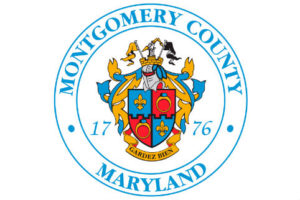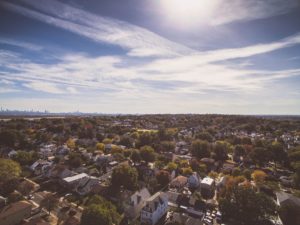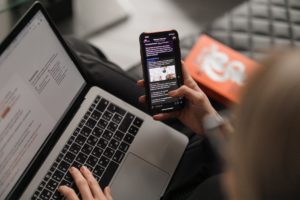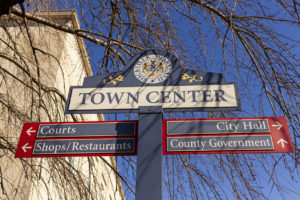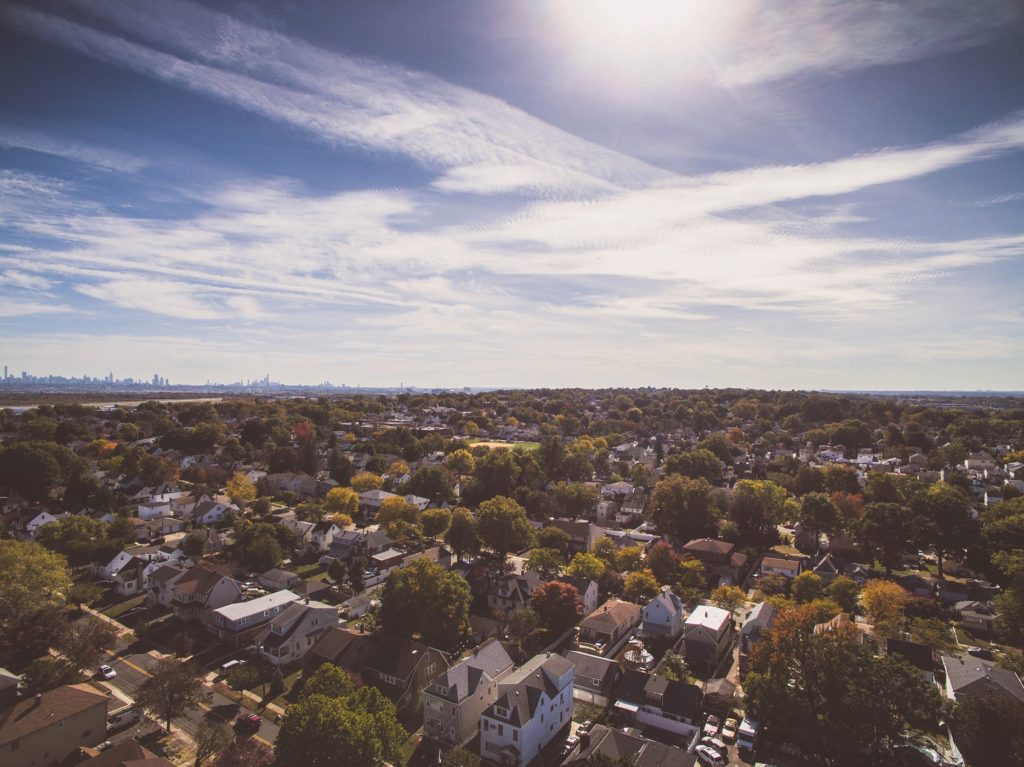
With remote instruction the new normal, focus on ultrafast digital access
5G networks would boost speed, better serve multiuser households
Since the start of the coronavirus, we have seen students across the country navigate the challenge of transitioning to at-home, virtual learning. Now, students stream videos, receive digital assignments, live chat with teachers and peers, and learn new material through dynamic media in an unprecedented fashion.
While this transition was seamless for some, many Montgomery County families still struggle without access to the connectivity needed to support the new at-home learning environment.
Remote programs like Montgomery County’s TranZed Academy for Working Students (TAWS) use online platforms for high school students who hold jobs, which allows for flexible coursework schedules.
Although programs like these are not entirely new, many are experiencing it for the first time. As school systems have transitioned to the models of hybrid or remote learning, technology has become even more of a necessity.
The coronavirus has exposed significant inequity in access to high-speed internet connection. In addition, many families struggle with multiple users accessing content at the same time.
Unfettered access to digitized curricula and streaming engagements will persist after the pandemic. With this in mind, it is time to consider an infrastructure that supports a high level of access — which includes the installation of 5G networks.
5G networks will be up to 100 times faster than our current 4G LTE networks and have the increased capacity to facilitate 100 times the number of devices.
As a result, 5G will be a viable replacement for home internet subscriptions, which is critical to address digital inequities. Young, minority and low-income individuals are more likely to rely on wireless devices to access educational resources, according to the Pew Research Center.
However, with more than 96 percent of Americans owning a cellphone, they represent an opportunity to address the digital divide. To realize their full potential, we first need the right infrastructure in place to ensure an ultrafast connection. That goal can be realized by facilitating the buildout of 5G.
A requirement for communities to be 5G capable is the deployment of small cells, antennas installed on municipal infrastructure, like utility poles and streetlights that are connected by fiber cable.
Right now, the existing zoning regulations and permitting fee structures disincentivize the investment necessary to make 5G a reality in residential areas of Montgomery County.
Several Maryland organizations, including TAWS, recently have signed on to the MD5G Partnership to support the expansion of 5G. The next step for Montgomery County is to advance policies that will allow for the deployment of small-cell antennas necessary to effectively move 5G forward, which would be a step in the right direction for education.
5G will enhance the learning experience for students now and in the future – from virtual tutoring today to immersive lessons using augmented reality (AR) tomorrow. These technologies could be utilized to modernize and improve the classroom experience and, most importantly, make education accessible for all.
The unprecedented at-home learning experience has showcased the need for technology in the education space and our obligation as a county to address the inequities in access to education. That investment in our students, and our future, begins by ensuring Montgomery County has the infrastructure it needs to support virtual learning for everyone.
Allan D. Arbogast is chief of strategy and innovation for The Children’s Guild Alliance, a nonprofit based in Baltimore serving more than 3,000 children in Maryland and the District of Columbia. The Children’s Guild Alliance operates residential group homes, outpatient mental health, treatment foster care, and special education and charter schools.
Read more at Bethesda Beat.

